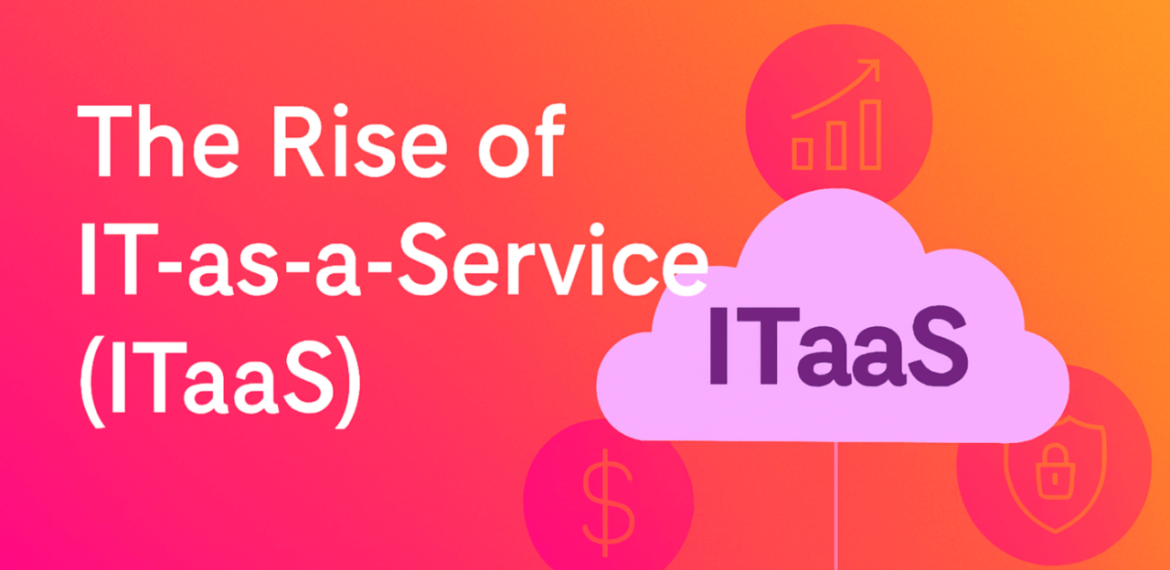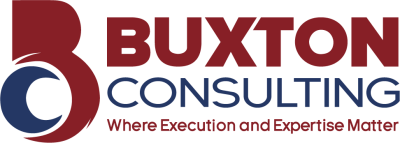
The Rise of IT-as-a-Service (ITaaS): Flexibility, Cost Savings, and Governance
The Rise of IT-as-a-Service (ITaaS): Flexibility, Cost Savings, and Governance
In an era where speed, adaptability, and efficiency are business imperatives, traditional IT operating models are showing their age. As companies race to meet evolving market demands, IT-as-a-Service (ITaaS) has emerged as a transformative approach — reimagining how IT is delivered, consumed, and valued.
ITaaS is not just a buzzword. It’s a strategic shift that redefines IT as a business-aligned, service-oriented capability — not just a back-end support function.
What is ITaaS?
At its core, ITaaS is a service delivery model where IT services — such as infrastructure, platforms, software, and operations — are provided to internal or external users on demand, often through a cloud-based or hybrid environment.
Think of it as the difference between owning a power plant vs. accessing electricity as a utility. With ITaaS, organizations consume IT resources like a service, paying only for what they use, and scaling up or down as needed.
Why Businesses Are Embracing ITaaS
Several key drivers are accelerating the adoption of ITaaS:
🔄 1. Flexibility and Scalability
Modern businesses need IT systems that can pivot as quickly as the market changes. With ITaaS, teams can:
- Provision environments on-demand
- Scale services to match seasonal or unexpected demand
- Enable new applications without infrastructure delays
This flexibility is especially powerful in sectors with fluctuating workloads — like e-commerce, media, and financial services — where agility is a competitive advantage.
💸 2. Cost Optimization
Traditional IT often involves high capital expenditures (CapEx) — hardware, software licenses, data centers — with long refresh cycles. ITaaS transforms this into an operational expenditure (OpEx) model, where:
- You pay only for the services you use
- Resource utilization is optimized through automation and self-service
- Budgeting becomes more predictable and transparent
In uncertain economic times, this model is proving invaluable for CFOs and CIOs looking to maximize ROI.
🛡️ 3. Better Governance and Compliance
Modern ITaaS platforms offer centralized management, reporting, and policy enforcement. Enterprises gain:
- Improved visibility into usage, costs, and performance
- Stronger controls over access, data security, and compliance
- Automated workflows that reduce human error and ensure consistency
This is crucial in highly regulated industries like healthcare, finance, and government — where IT must move fast without compromising trust.
Shifting the IT Mindset: From Infrastructure to Service
One of the most powerful outcomes of ITaaS is the shift in how IT organizations view themselves. Rather than managing servers and data centers, IT becomes a strategic broker of services — enabling innovation and growth.
This includes:
- Acting as a consultant to the business on technology decisions
- Delivering self-service portals for developers and business units
- Offering service catalogs for repeatable, automated provisioning
- Partnering with external providers for specialized capabilities (e.g., AI/ML, cybersecurity)
IT becomes a business enabler, not a bottleneck.
Real-World Use Cases of ITaaS
Across industries, forward-thinking enterprises are using ITaaS to unlock business value:
- Retailers use ITaaS to quickly launch new e-commerce features and personalize customer experiences
- Banks deploy secure, scalable platforms to roll out mobile banking services faster
- Manufacturers adopt ITaaS to support smart factory initiatives and IoT integration
- Healthcare providers deliver better patient care with secure, cloud-based clinical systems
The common thread? Speed, scalability, and outcomes over infrastructure management.
Challenges to Watch
Adopting ITaaS isn’t without its challenges. Companies must navigate:
- Change management: Moving from control-heavy IT to service-oriented delivery requires a cultural shift
- Vendor lock-in: Choosing flexible, interoperable platforms is key to avoiding long-term constraints
- Cost control: While usage-based models reduce waste, they also require active monitoring to avoid runaway expenses
The journey to ITaaS demands strong leadership, the right technology partners, and a focus on governance.
Looking Ahead
ITaaS is not just about technology — it’s about transforming how IT delivers value. As AI, edge computing, and automation continue to mature, the ability to consume and deliver IT as a service will become a baseline expectation.
For CIOs and IT leaders, this is an opportunity to elevate the role of IT — from a cost center to a value-creating, innovation-driving force within the enterprise.
Final Thoughts
Whether you’re just starting your ITaaS journey or in the middle of transformation, the key is to stay focused on outcomes. Ask:
- Are we enabling the business to move faster?
- Are we reducing technical debt and complexity?
- Are we improving visibility, governance, and user experience?
ITaaS has the potential to reshape enterprise IT as we know it. Those who embrace it today will be the ones setting the pace tomorrow.
Have you started transitioning to ITaaS? What challenges or wins have you seen along the way?
connect with Buxton Consulting to learn more.

